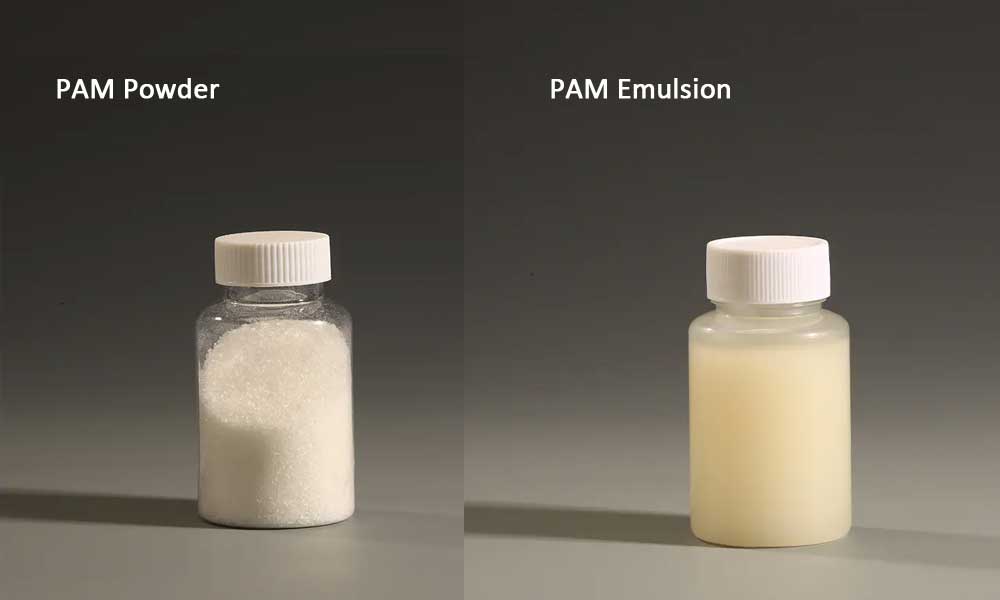In the realm of modern science, protein electrophoresis stands as a cornerstone technique for analyzing and characterizing proteins. At the heart of this methodology lies Polyacrylamide, a versatile compound that serves as the backbone of gel matrices used in gel electrophoresis systems. Polyacrylamide’s unique properties make it an indispensable tool for researchers and scientists seeking to unravel the complexities of proteins and their interactions.
Polyacrylamide, often referred to as PAM, is a synthetic polymer made from acrylamide monomers. Its remarkable versatility is attributed to its ability to form long chains, resulting in a gel-like substance that can accommodate various sizes of molecules. This property makes polyacrylamide an ideal candidate for creating porous matrices used in protein electrophoresis.
Protein electrophoresis is a technique that separates proteins based on their charge and size. By subjecting a protein sample to an electric field within a polyacrylamide gel matrix, proteins migrate through the gel at different rates, resulting in distinct bands that can be analyzed and quantified. This separation provides valuable insights into protein purity, molecular weight determination, and the presence of isoforms.
The Role of Polyacrylamide in Protein Electrophoresis
The choice of polyacrylamide for protein electrophoresis is rooted in its tunable nature. Scientists can adjust the concentration of the gel matrix to accommodate proteins of different sizes. Higher concentrations create tighter matrices suitable for resolving smaller proteins, while lower concentrations are used for larger proteins. This adaptability ensures that researchers can tailor their experiments to achieve optimal separation and analysis.
Polyacrylamide as a Flocculant
Polyacrylamide’s utility extends beyond its role in gel electrophoresis. It also finds applications as a flocculant in various industries, such as water treatment and wastewater management. As a flocculant, polyacrylamide aids in aggregating suspended particles in liquids, facilitating their removal. This characteristic highlights the compound’s diverse capabilities and wide-ranging impact on science and industry.
Advancements in Polyacrylamide-Based Electrophoresis
Recent years have witnessed continuous advancements in polyacrylamide-based electrophoresis techniques. Native PAGE, SDS-PAGE, and two-dimensional gel electrophoresis are just a few examples of how polyacrylamide’s adaptability has enabled the development of specialized methods for analyzing protein structures, post-translational modifications, and interactions. These techniques are invaluable in proteomics research and drug discovery efforts.
In the realm of protein analysis, polyacrylamide emerges as a stalwart companion, enabling researchers to delve into the intricate world of proteins. Its role as the foundation of gel matrices in electrophoresis systems cannot be overstated. From unraveling disease mechanisms to developing novel therapeutics, polyacrylamide-based electrophoresis continues to shape scientific progress. As technology advances, this synthetic marvel will likely evolve, further enriching our understanding of proteins and their myriad functions.
Post time: Aug-21-2023


